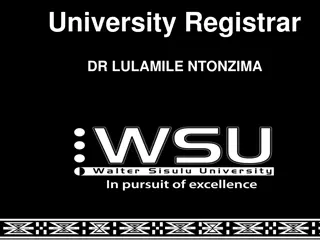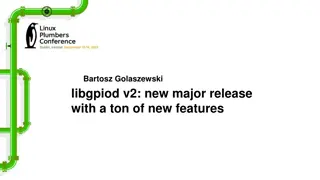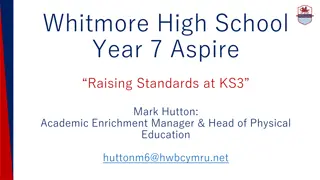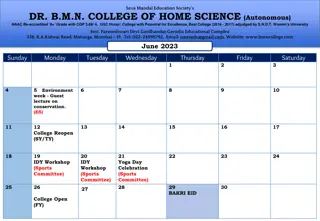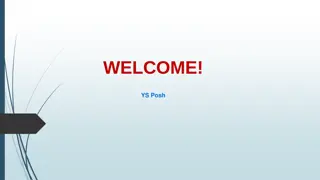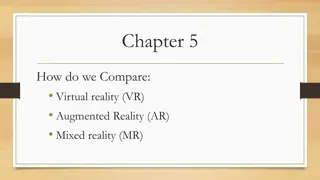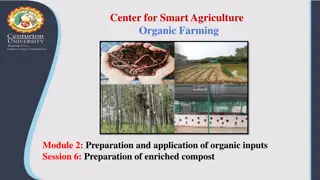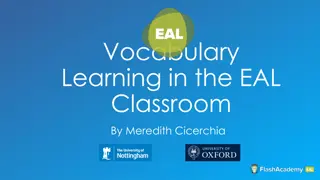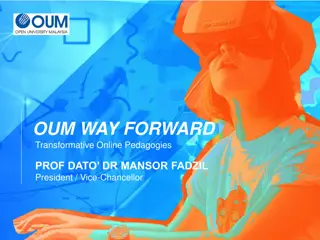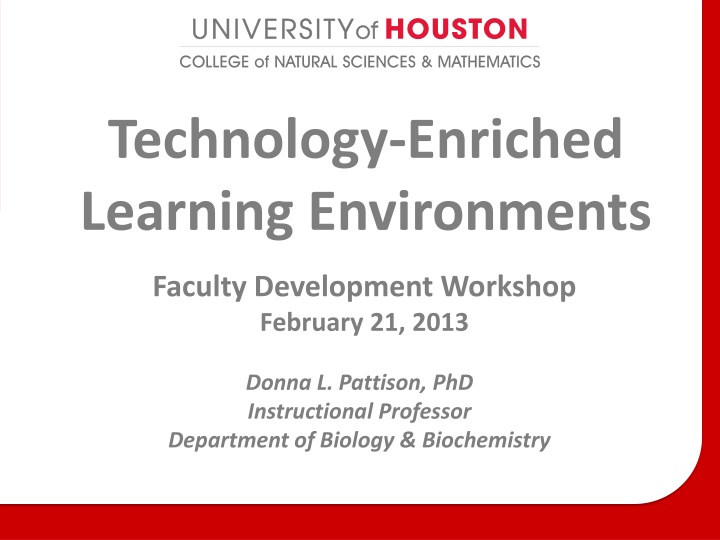
Enhancing College Biology Courses with Technology Integration
Explore strategies to integrate technology into college biology courses through online resources, open courseware, and utilizing platforms like YouTube. Discover tools and methods for creating engaging and interactive learning environments.
Download Presentation

Please find below an Image/Link to download the presentation.
The content on the website is provided AS IS for your information and personal use only. It may not be sold, licensed, or shared on other websites without obtaining consent from the author. If you encounter any issues during the download, it is possible that the publisher has removed the file from their server.
You are allowed to download the files provided on this website for personal or commercial use, subject to the condition that they are used lawfully. All files are the property of their respective owners.
The content on the website is provided AS IS for your information and personal use only. It may not be sold, licensed, or shared on other websites without obtaining consent from the author.
E N D
Presentation Transcript
Technology-Enriched Learning Environments Faculty Development Workshop February 21, 2013 Donna L. Pattison, PhD Instructional Professor Department of Biology & Biochemistry
Discussion: What are some ways technology can be integrated into a class? in the lecture hall in the teaching lab in outside of class assignments
Integrating Technology into Class 1. Information Seeking and Problem-Solving 2. Computerized Modeling and Simulations 3. Computer-Based Laboratories and Real-Time Graphing 4. Collaborative Learning and Knowledge Sharing
Discussion: What online resources are available that may be applicable to teaching a college biological science course?
Online Resources: 1. Tools of the Trade: a. BLAST b.NEBCutter c. CLUTTO d.SeqAlign/Tcoffee e. FoldIt f. Protein Database 2. PubMed 3. Online textbooks: The Arabidopsis Book 4. ASM: Microbiology Book, Intro Bio Book 5. Textbook supplemental materials 6. Social Media: Facebook and Twitter
Using YouTube: Setting options: Public Unlisted Private
Using YouTube: Setting options: Public: Anyone can view it. Unlisted: The video can only be seen by those who have the link. Anyone that is sent the link though can share with others. Video cannot be found by searching. Private: Only those you invite to view the video can see it. They must have their own Youtube account. You can only invite up to 50 people. It cannot be shared with anyone not on the invitation list.
Using YouTube: Be sure to obtain a video release consent form from all students in any video you are posting or be sure the students are not identifiable in the video! Many university legal offices (Office of the General Counsel) have a specific form you should use.
Blogs, Wikis, and Discussion Boards Blog = weblog: running online journal Wikis: interactive web page Discussion boards: online discussion Lay the ground rules!
Topic Blog Wiki Discussion Board Name origin Focus Control Content type Purpose Organization/ Features Voice Design Possible Uses Scenarios/Reasons to Use for Teaching Challenges
Threaded discussion forums 1. Discussion in class. 2. Post questions on the web-based discussion board. 3. Students chose a question and post a response. 4. Students post at least two replies. Pre-reading In-class discussion DiscussionBoard Wrap-up in- class discussion


